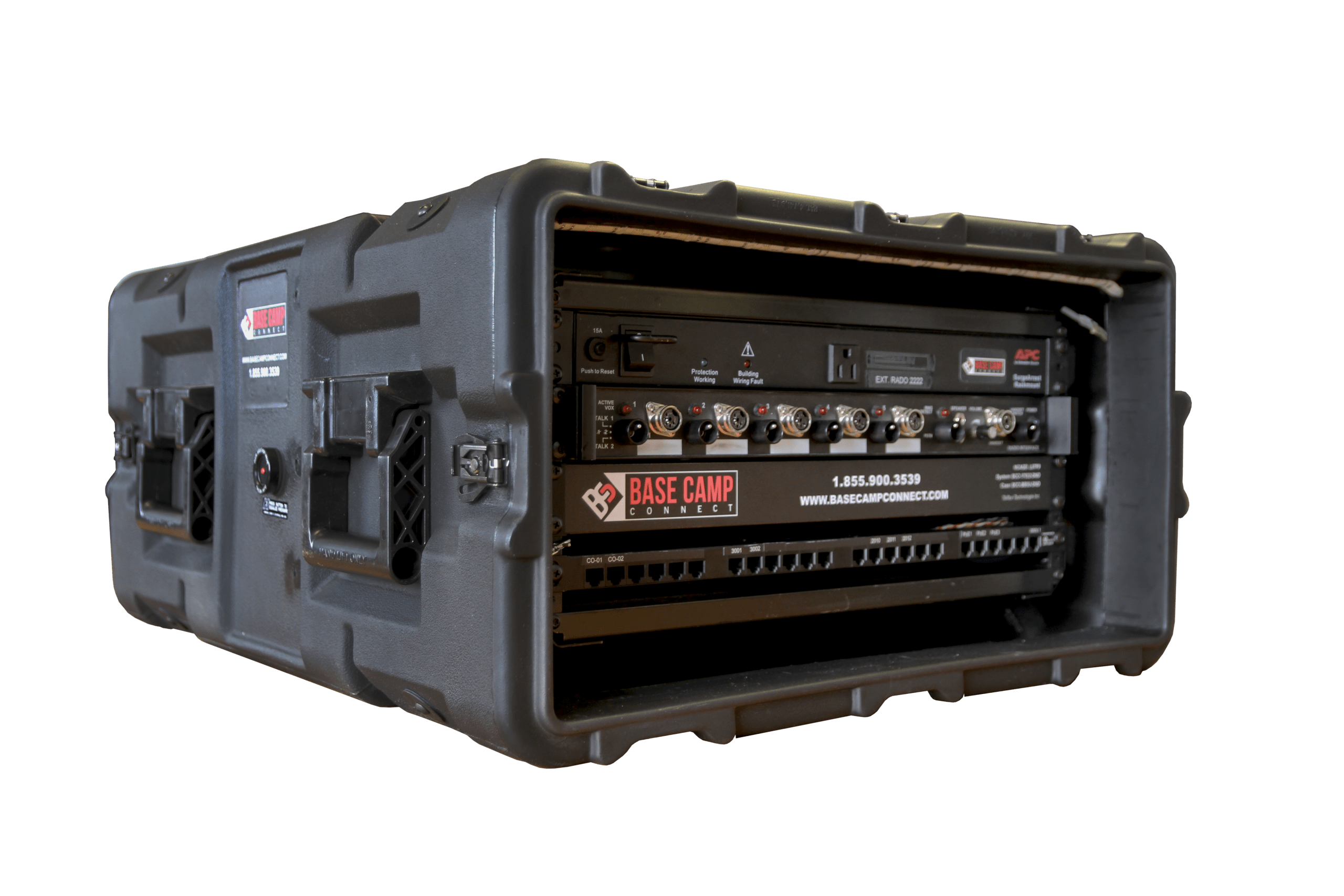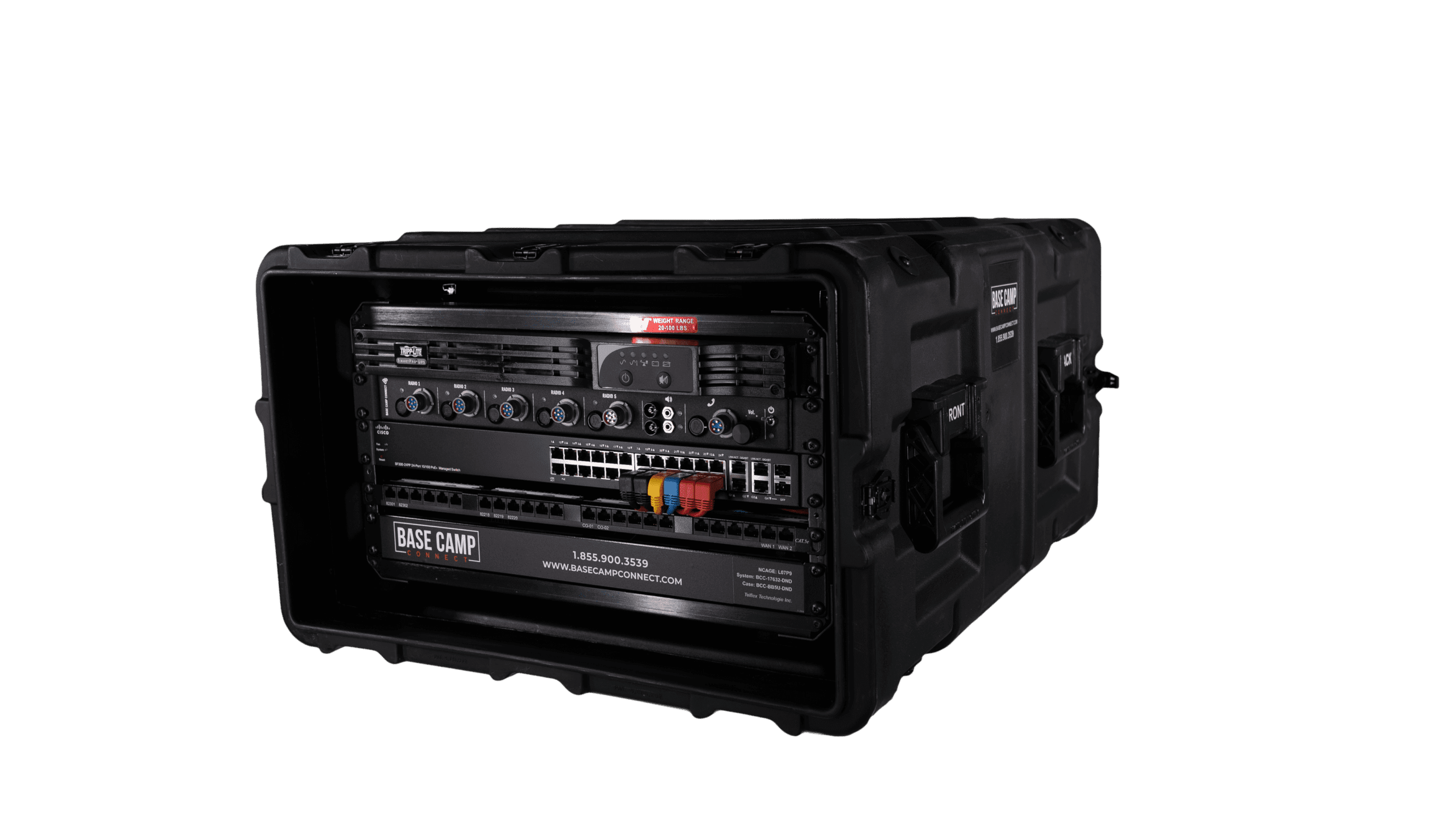Working in Emergency Management, Fire, EMS, or law enforcement we have all, at some point in our career, likely been in our local or state emergency operations center, but what goes into building these command centers? More importantly, how are the EOCs of the future going to be equipped?
Throughout my career I have been fortunate to have toured and worked in over a hundred operation centers to include; Department of Defense Joint Operations Centers, State EOCs, Private Company EOCs, Virtual EOCs, Tactical Operation Centers, and mobile command centers of all types and sizes. One of the most advance EOCs I have had the pleasure to work in was the US Air Force Mobile Emergency Operations Center (MEOC) and was amazed by some of the technology and capabilities they had that most civilian counties could only dream of having. While some of the EOCs I have been in are classified in nature, I can attest that the capabilities, technologies, and adaptability of these centers are beyond what most Emergency Managers could dream of.

CDC Emergenc Operations Center (EOC)
If you have ever watched Iron Man you can have an idea of the type of vision most of us have in our EOCs. The ability to have artificial intelligence in our command centers to develop a holographic picture of the disaster zone or battle space, the ability to real-time track all local, state, and federal resources as they move about the disaster zone, highly advanced flood prediction graphs, and real-time calculations of the impacts the incoming weather may have on the current situation. Imagine a system that could constantly scan hundreds of social media platforms in an area and combine it into a real-time operating picture of the disaster zone and even calculate all that data to predict future hazards such as traffic jams in evacuation zones and then decide multiple ways to mitigate against such an incident before it even becomes a problem. Imagine taking multiple radios in docking stations and point-and-dragging the frequencies together so that a hundred radios could be instantly programed to all become compatible.
While most of us could only dream of having some of these technologies, the truth is that most of them already exists independently or are currently being created and it won’t be long until a forward thinking company begins to package all these solutions into one product and can offer to implement such a solution to any operations center in the world. Times are getting very excited in the Emergency Management field and as we advance in society we will also advance our capabilities, therefore its vital we stay current on new technologies, capabilities, and solutions that may be out on the market already so our EOCs not only provide value to the first responders but also save lives, time, and money.
Today, most county and state Emergency Operations Centers have capabilities that many only dreamed of years ago and once again as we ponder the future, it’s up to us to make the commitment to best serve our citizens and future generations for anything that can come our way.
A few considerations to ponder as we build and update our EOCs:
1. What is the risk-to-benefit of implementing new technology, computers, radios, etc. and is the cost to the citizens worth the investment or could we use those funds more responsibly elsewhere?
2. Will the EOC be likely to be directly impacted or involved in the potential disaster? Furthermore, what is our ability to go to an alternative location and maintain our capabilities? If the entire EOC system was hosted in a cloud environment or on remote servers then we could theoretically pickup and move anywhere we need to and continue operations and not loose sight of the disaster during the move as everything would be stored during the transition to the alternative site.
3. How will current technology be phased out and what is the cost to continue to update future technology as it becomes outdated?
4. What must an EOC have or implement to keep up with the latest social media platforms, predictive analysis capabilities, and remote sensing monitoring?
5. What will the future of drones (UAVs) be in disaster zones and in routine preparedness, mitigation, response, and recovery operations and how can an EOC collect and control all the sensor data and imaging coming in from various UAVs in the given area?
Technology will continue to develop, threats will continue to evolve, and how we plan today will determine our abilities to save lives, reduce cost to the tax payers, and continue to best serve our communities. Think today for tomorrows future!
Click here to read the article: What happens when the emegency takes out your ECC/EOC?














